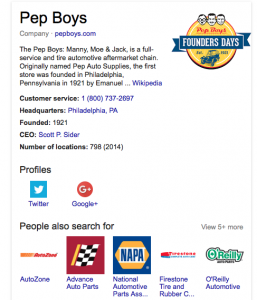The gender in marketing debate has been percolating for a while. You might, for instance, recall the news – and ensuing debate – that Target decided to remove references to “boys” and “girls” in its toy department. Since then, more retailers have followed suit. The Fawcett Society recently found in a survey of 8000 UK adults that people don’t want to be “boxed in” on gender issues. These examples show that culturally the gender line is becoming blurrier – and marketers should take note.
So, when it comes to email marketing, how important is gender? Does knowing a recipient’s gender actually improve a retailer’s ability to send relevant emails? One could certainly argue that knowing the gender of the individual would help ensure that they are receiving the content that’s more tailored to their interests.
As marketers know, personalization matters. For instance, eConsultancy found that 74 percent of marketers say targeted personalization increases customer engagement. According to Accenture, 73 percent of consumers prefer to do business with brands that use personal information to make their shopping experiences more relevant. But is gender one of the bits of data that should steer the direction of the content you send them?
Surprisingly, it’s not as important as you may think. Why? Because retailers shouldn’t care about who a customer is gender-wise. Instead, they should care about what content is most relevant to them. In analyzing our own data based on where our clients glean the most success, we uncovered some fascinating data. Treating a customer as male or female will result in being right only 15 percent of the time. Alternatively, if a retailer treats a customer as male and female, they will be right 85 percent of the time. While consumers do have strong tendencies one way or another (versus equally preferring male- and female-specific content), retailers are making a mistake if they’re only exposing people to content specific to their gender.
That’s because the binary approach to selecting which content to serve self-reinforces and doesn’t expose customers to other categories they might also be interested in or factor in other variables. For instance, do two people share one email address? Are there different times of the year when a female customer would shop for a male? Are there parts of the catalog that could tempt her to shop for him? If you’re limiting catalog exposure, you could be hindering engagement and missing out on sales.
Every consumer craves a mixed diet of content containing some men’s and some women’s items. That’s why it’s critical for email marketers to continually search for what inspires engagement. Based on a customer’s response to content, you could move, for example, from serving the individual 10 percent male content to 15 percent male content. The customer’s behavior would influence what they are served next, and you can continue to adjust until the individual stops showing enthusiasm for it. This will enable you to fall into the 85 percent stat and, regardless of whether your customer is male or female, increase the odds for engagement. And after all, isn’t that the goal of your email marketing efforts?
Digital & Social Articles on Business 2 Community(32)





